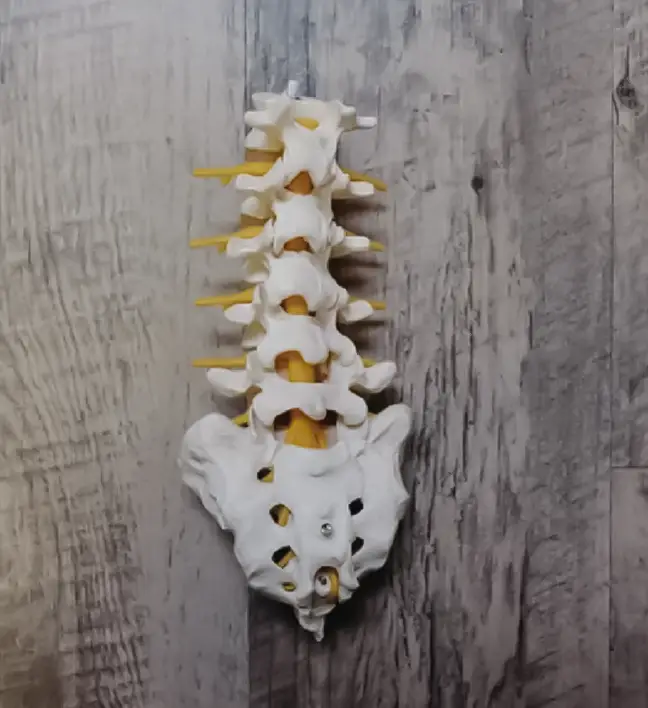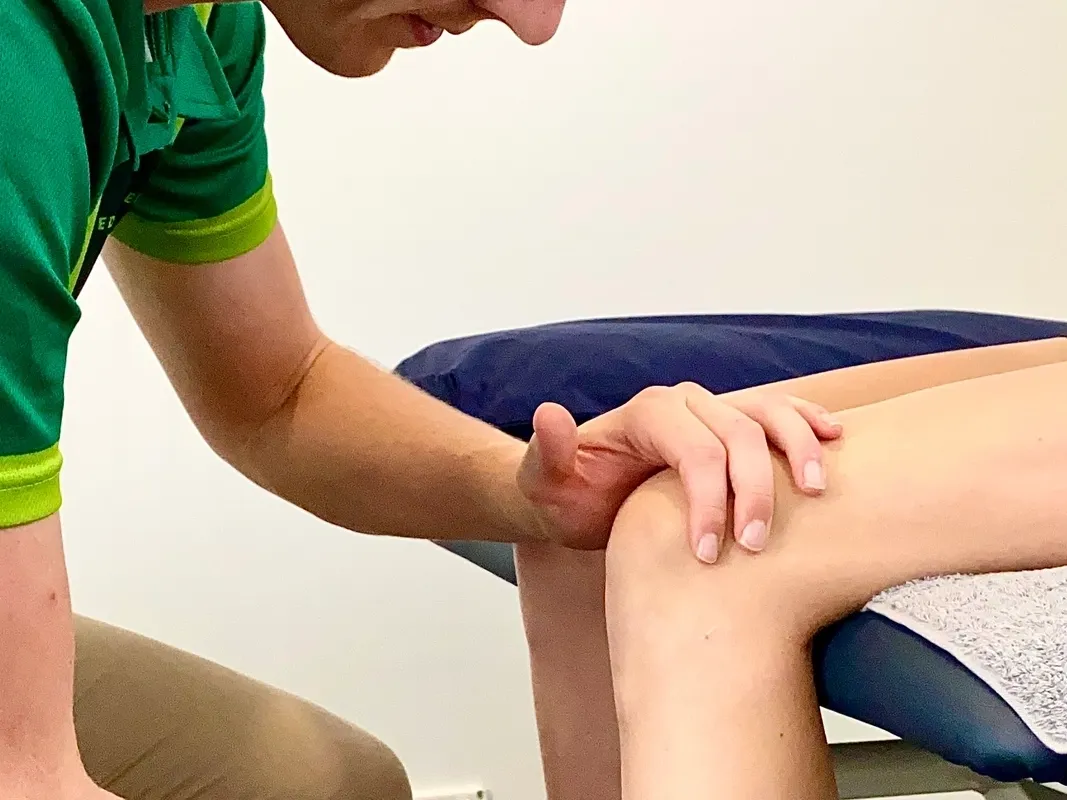
Low Back Pain Physiotherapy

What Causes Back Pain?
There are three causes for Low Back Pain
1% of back pain is a result of inflammation from Rheumatoid or similar conditions. Whilst the final 2% is made up of pain due to organs or blood related (1, 2).
Overall, low back muscles cause more than 70% of all low back pain. A strain or sprain of a muscle is generally a focus (2).
Could my discs be causing my pain?
Yes, 10% of all cases of back pain is shown to be caused by disc degeneration (2, 3). Whilst only 4% of all back pain is related to disc herniations (20)
Interesting to note, is that on scans of individuals NOT suffering from back pain:-
Remember, these people were not suffering from Low Back Pain!
What does this highlight?
This highlights that disk degeneration it is not always the cause of your pain. So although your pain is likely a movement related issue, it is more often a muscle related strain compared to degeneration or a herniated disc.
This is good news for your back pain physiotherapy and proof that ageing does not mean pain.
Treatments for Low Back Pain
The benefit of 97% percentage of Low Back Pain being caused by the movements we perform in our life, is that a lot can be done to manage and prevent pain. The sooner you do this, the sooner you can get back to activities of daily living (2).
What are my treatment options?
In no particular order:
Medication
There is evidence that supports non-steroid anti inflammatories in reducing pain and improving your function (1, 2).
Physiotherapy
Back pain physiotherapy is made up of massage, mobilisation, manipulation, guided exercise and education/advice. There is limited evidence that massage improves short or long term low back pain, however, it is often preferred by patients and found beneficial by them, particularly given that 70% of low back pain is muscle related (2). Mobilisation and manipulation have been shown to provide short term improvements in pain, improved function and allow a person to continue with daily living activities (1, 2).
Exercise
Aerobic exercise of 20-30 minutes a day reduces pain, increases function and decreases the likelihood of a disability due to Low Back Pain (5). Strengthening the muscles of the back, spine and stomach region combined with balance exercises will reduces back pain, increases function and reduce the risk of a long term disability (5, 6). One of the most effective strategies for Low Back Pain is strength training of all muscles. This helps produce lean muscle, increases strength and function as well as reducing fat (6). Strengthening should be through functional activities. For example, if you have pain lifting up groceries or moving house hold items, then strength training should begin by focusing on lifting light boxes and progressing from there.
Bed Rest
Since early 2000, it has been strongly recommended that people suffering from Low Back Pain do NOT do bed rest (2, 4). If bed rest is required for acute back pain, it is recommended to only last for 2-3 days before focusing on active parts of daily life (2)
Other Services We Offer
References
2. Kinkade S. Evaluation and treatment of acute low back pain. Am Fam Physician, 2007 Apr 15,75(8):1181-8. PMID: 17477101.
3. Brinjikji W, Luetmer PH, Comstock B, et al. Systematic literature review of imaging features of spinal degeneration in asymptomatic populations. AJR Am J Neuroradiol. 2015;36(4):811-816. doi:10.3174/ajnr.A4173
4. Waddell G, Feder G, Lewis M. Systematic reviews of bed rest and advice to stay active for acute low back pain. Br J Gen Pract. 1997;47(423):647-652.
5. Gordon R, Bloxham S. A Systematic Review of the Effects of Exercise and Physical Activity on Non-Specific Chronic Low Back Pain. Healthcare (Basel). 2016;4(2)22. Published 2016 Apr 25. doi:10.3390/healthcare4020022 6. Dreisinger TE. Exercise in the management of chronic back pain. Ochsner 3. 2014;14(1):101-107.



